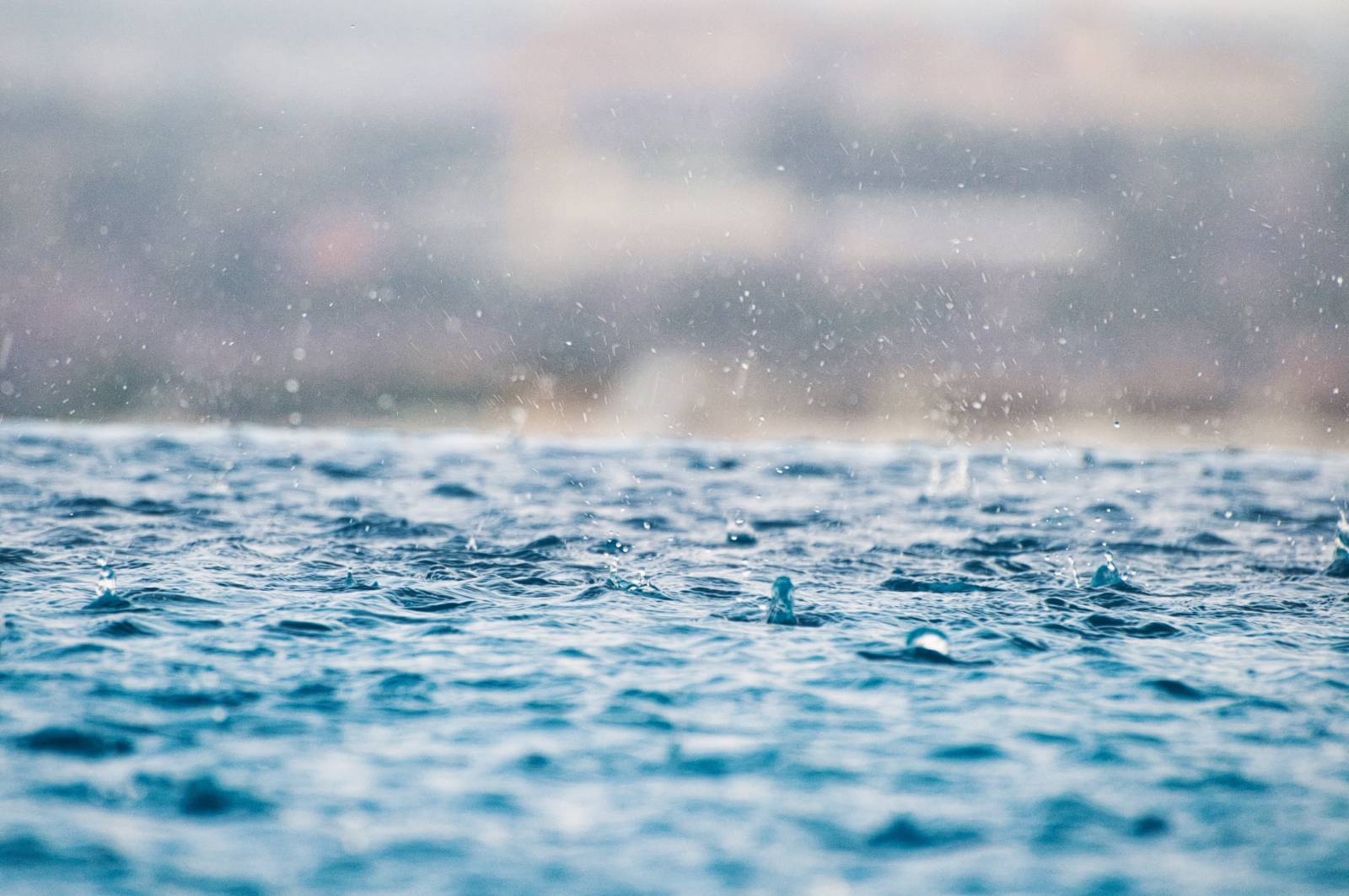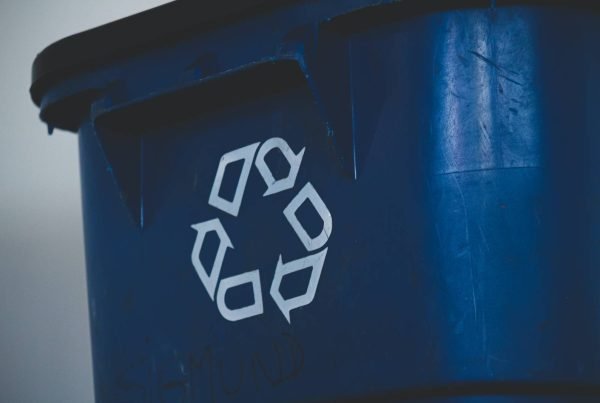Understanding the difference between water resistance and waterproofing can be a bit like navigating a stormy sea. Yet, it’s an essential concept, especially when purchasing electronics, timepieces, outdoor gear, or even clothing. So, let’s take a deep dive into these two terms, clarify their meanings, and explore the different rating systems that underpin them.
The Basics: Water-Resistant and Waterproof Explained
| Water-Resistant | Waterproof | |
|---|---|---|
| Definition | Can repel water to a certain degree but not entirely. | Fully impervious to water up to the conditions defined by its rating or manufacturer. |
| Usage | Typically used for items expected to handle occasional splashes, light rain, or brief immersion in water. | Used for items expected to handle prolonged immersion, significant depths, or high-pressure water exposure. |
| Examples of Products | Watches, phones, clothing, outdoor gear rated for light water exposure. | Deep dive watches, some outdoor equipment, waterproof phones and cases, specialised clothing. |
| Maintenance | Requires regular maintenance and checks to ensure seals/gaskets are intact. | Generally requires less frequent checks, but seals/gaskets should still be maintained. |
| Rating Systems | Often rated in terms of ATM (for watches) or IP (for electronics) with a low rating. | Often rated with a high ATM or IP rating. |
| Limitations | Not suitable for swimming, diving, or heavy rain. Depth and duration of water exposure must be limited. | Waterproofing is subject to limitations set by manufacturer specifications, such as depth and duration of immersion. Not necessarily resistant to high-pressure water jets or steam. |
Water Resistance: More Than a Drop in the Ocean
Water resistance is the capacity of a material or object to repel water to some extent. It’s a popular term seen across various sectors, from electronics to textiles. If a product is labelled water-resistant, it’s designed to endure a certain level of water exposure without compromising its functionality or integrity.
Imagine you’re caught in a sudden downpour with your water-resistant watch. It continues ticking, unfazed by the raindrops. However, if you decide to take a plunge into a pool, it might not be so lucky. The water pressure associated with depth can overcome the protective features of a water-resistant watch, causing water ingress and potential damage.
Water resistance isn’t an all-or-nothing characteristic but a matter of degree, varying with the design, materials used, and manufacturing quality. Therefore, products with higher water resistance ratings can endure more intense or prolonged exposure to water than those with lower ratings.
Waterproof: Immune to Neptune’s Wrath
Unlike water resistance, the term ‘waterproof’ implies an object or material’s ability to remain impervious to water under specified conditions. A waterproof item, theoretically, can be submerged in water without any damaging effects, within the parameters defined by its rating or the manufacturer.
For instance, a waterproof watch should handle not only splashes of water but also complete immersion, potentially to significant depths, without suffering any water damage. However, just like water resistance, waterproofing doesn’t provide unlimited protection. Factors such as the depth of immersion, duration, water pressure, and the water type (e.g., saltwater versus freshwater) can affect the degree of protection.
Decoding Water Resistance and Waterproof Ratings
Now that we’ve clarified the basic differences between water-resistant and waterproof, let’s turn our attention to the systems used to rate these levels of protection. Two of the most commonly used systems in the electronics industry are the IP rating and the ATM rating.
IP Ratings: The Electronic Guardian
IP stands for ‘Ingress Protection.’ An IP rating is a standard developed by the International Electrotechnical Commission (IEC). It measures the level of protection that electrical appliances, including consumer electronics like smartphones, offer against the intrusion of solid particles (like dust) and liquids.
IP ratings consist of two digits. The first digit, ranging from 0 (no protection) to 6 (complete protection), indicates the level of protection against solid particles. The second digit, ranging from 0 (no protection) to 8 (protection against long periods of immersion under pressure), reveals the level of protection against liquids.
For example, a smartphone with an IP68 rating is fully protected against dust and can be immersed in water up to a specified depth for a certain duration without suffering damage.
ATM Ratings: The Timekeeper’s Shield
ATM, or atmospheres, is a rating system predominantly used for watches. It measures the level of water resistance based on atmospheric pressure. A ‘1 ATM’ rating means that a watch can withstand the pressure at sea level (roughly equivalent to a 10m depth) without letting water seep in.
Therefore, a 5 ATM rated watch is resistant to water ingress up to 50m. However, this doesn’t mean that the watch can be used for diving at a 50m depth. Instead, it implies that the watch can withstand water exposure equivalent to the pressure experienced 50m under static conditions.
One critical point to remember with ATM ratings is that activities involving movement in water, like swimming or diving, can significantly increase the pressure on the watch beyond that of static immersion, potentially compromising the water resistance.
Caring for Your Water-Resistant and Waterproof Items
Understanding the meaning of water resistance and waterproof, along with their ratings, is a big part of ensuring your items remain functional. However, regular care and maintenance also play a crucial role.
- Follow Manufacturer Guidelines: Always refer to the manufacturer’s instructions for details on your product’s specific water resistance or waterproof capabilities and limitations.
- Regular Inspections: For items like watches, consider having them checked annually for water resistance, especially if you often expose them to water.
- Avoid Chemical Exposure: Chemicals in cleaning products, perfumes, or even in pools can wear down seals and gaskets, reducing water resistance.
- Temperature Fluctuations: Rapid temperature changes can affect the integrity of the item. Going from a cold environment to a hot one may cause components to expand and contract, potentially compromising the water resistance or waterproofing.
Making Waves: The Final Thought
Knowing the difference between water resistance and waterproof can make a significant difference to your product choices, particularly for items you know will come into contact with water. So the next time you’re about to purchase that chic smartwatch or a rugged outdoor jacket, remember to check its water protection rating. This way, you’ll know exactly what to expect and how to care for your purchase to maximise its lifespan.
Don’t let your journey stop here! Continue exploring these terms, understand what they mean for your specific needs, and make informed decisions that keep your belongings safe, functional, and long-lasting. And remember, when in doubt, always refer to the manufacturer’s guidelines or reach out to their customer service. Safe sailing!









